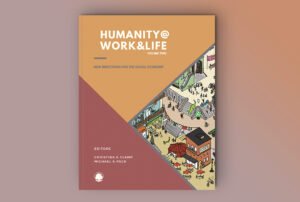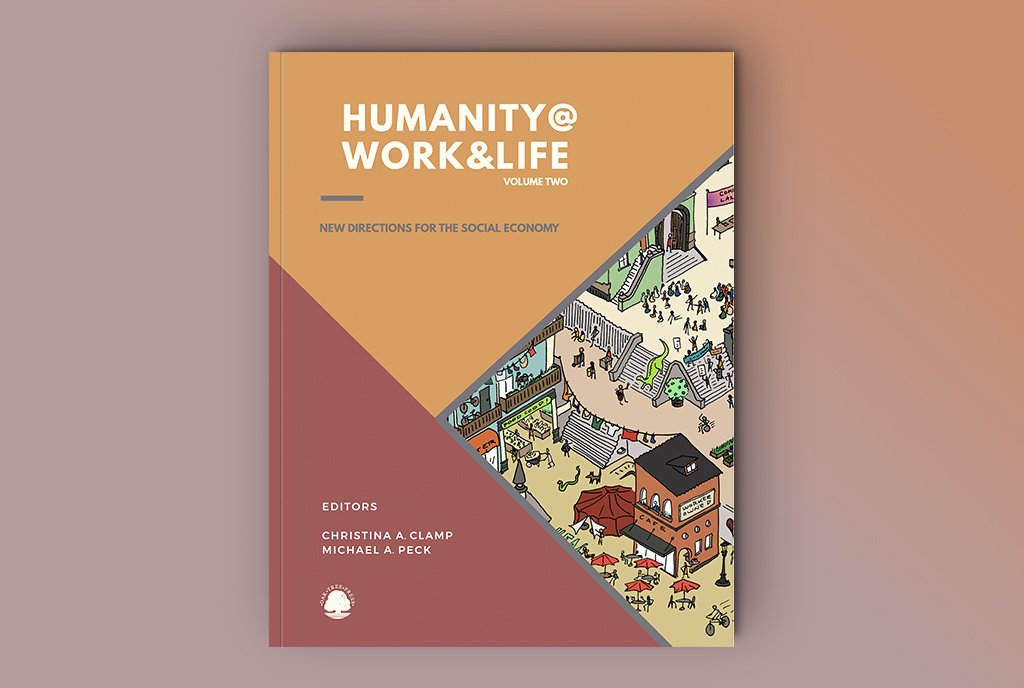
Last July, an article in NPQ began, “One of the many facets the pandemic has revealed to us is our nation’s tortured and conflicted position around labor and the value of work.” The move by two dozen Republican governors to cut off federal unemployment benefits between now and July 10th illustrates again just how little working people matter politically in the US, shining a light on the country’s ugly narratives that routinely demean workers and treat unemployment as a “choice” rather than a product of economic forces. The chart below, based on financial data from the Century Foundation, and cutoff dates as reported by CNBC, highlights what’s at stake:
| State | Date of cutoff | Workers affected | Est. value of lost benefits |
| Alabama | June 19 | 79,664 | $478,449,755 |
| Alaska | June 12 | 38,686 | $219,322,140 |
| Arizona | July 10 | 190,518 | $685,864,800 |
| Arkansas | June 26 | 80,713 | $419,840,030 |
| Florida | June 26 | 116,304 | $418,694,400 |
| Georgia | June 26 | 268,531 | $1,283,145,876 |
| Idaho | June 19 | 18,979 | $106,281,395 |
| Indiana | June 19 | 286,641 | $1,581,239,741 |
| Iowa | June 12 | 61,187 | $368,011,165 |
| Mississippi | June 12 | 91,626 | $446,625,842 |
| Missouri | June 12 | 147,890 | $770,970,498 |
| Montana | June 27 | 31,108 | $154,578,636 |
| Nebraska | June 19 | 15,276 | $82,989,797 |
| New Hampshire | June 19 | 35,445 | $170,257,786 |
| North Dakota | June 19 | 15,057 | $104,469,203 |
| Ohio | June 26 | 594,944 | $3,664,359,401 |
| Oklahoma | June 27 | 84,054 | $471,237,081 |
| South Carolina | June 26 | 166,436 | $891,381,978 |
| South Dakota | June 26 | 5,059 | $25,017,006 |
| Tennessee | July 3 | 166,073 | $853,832,185 |
| Texas | June 26 | 1,317,443 | $8,775,169,916 |
| Utah | June 27 | 26,425 | $157,600,717 |
| West Virginia | June 19 | 45,782 | $240,416,510 |
| Wyoming | June 19 | 10,315 | $65,889,809 |
| TOTAL | 3,894,156 | $22,435,645,667 |
Nationwide, it’s worth bearing in mind that, as of May 8th, there are still 15.8 million Americans who rely on unemployment benefits for support. The GOP governors’ efforts will effectively end these benefits for one in four of these workers.
Still, the question remains: Why are states throwing away $22 billion in federal money to make the lives of their unemployed residents worse off?
Let’s review.
Back at the end of July, when COVID-19 deaths had yet to exceed 145,000—one-fourth of today’s figure—Congress felt it was a fine time to end federal supplemental unemployment insurance (UI) benefits, as the CARES Act’s $600 weekly supplemental benefit was deemed “too generous.” It wasn’t until December when Congress reinstated a supplemental benefit, and when it finally did so, it reinstated the benefit at half the level of the CARES Act or $300 a week.
Absent federal support, state UI benefits in much of the US are paltry. (A list of policies is available here.) In Arizona, for example, the maximum weekly benefit is $240. In Florida, it is not much better at $275. In high-cost California, it is a modest $450 a week. Only a dozen states offer, as a maximum payment based on income (and sometimes, number of dependents), better than $600 a week.
It’s worth noting, too, that the CARES Act also established, for the first time in US history, unemployment benefits for gig workers. At the state level, these do not exist. As a result, gig workers in states that cut off benefits will see their benefits fall to zero. Among the 24 states listed above, only Florida is preserving the gig benefit for its workers, at least until the federal provision expires on September 6th.
The thin rationale is that denying unemployed workers benefits will alleviate a “labor shortage” by compelling workers to accept jobs, any job—even if those jobs have subpar wages, benefits, and working conditions.
Sign up for our free newsletters
Subscribe to NPQ's newsletters to have our top stories delivered directly to your inbox.
By signing up, you agree to our privacy policy and terms of use, and to receive messages from NPQ and our partners.
Some states, like Arizona, to further push people to work, are “generously” dangling bonus payments with complicated rules. In Arizona, workers may qualify for one-time $2,000 payments if they fill out forms and submit pay stubs for a set number of hours at qualifying jobs (wage must be less than $25 an hour). And if you do qualify, the state will collect some of the money back in taxes in 2022.
Of course, amid the pandemic, this is hardly the first time that government levers have been used to coerce people to work. Famously, last April, the Defense Production Act was used to order meatpackers back to work after state health officials had shut plants down due to health-and-safety concerns. A National Academy of Sciences article points out those concerns were hardly misplaced. Indeed, the study reports the following chilling statistic: “We estimate livestock plants to be associated with 236,000 to 310,000 COVID-19 cases (six to eight percent of total) and 4,300 to 5,200 deaths (three to four percent of total) as of July 21.”
For the record, there is plenty of data that illustrates why, from an economic standpoint, shutting off unemployment insurance benefits is self-defeating. Gamely, Andrew Stettner, a senior fellow at the Century Foundation, points out the following:
- Unemployment insurance has a multiplier effect of 1.61. This means that state cuts deprive their economies of $35 billion in gross state product. In other words, the cuts will likely depress the earnings of the firms the cutoff is supposed to help.
- Nationally, Stettner observes there are “only eight million job openings as compared to 16 million jobless workers, and the US economy is still short over eight million jobs from before the pandemic.” It is hard to get workers to accept nonexistent jobs. As CNBC reports, based on US labor department data, non-farm payrolls, which were 152.5 million in February 2020 have only recovered to 144.3 million as of April 2021.
Stettner also reports that past changes in federal unemployment benefits (as noted above, benefits declined last summer and increased last December) “had little impact either way on job finding rates.” These data are consistent with past recessions, which show that more generous benefits have at most a modest impact on employment.
Lack of access to childcare is also a key obstacle to reemployment. In Montana, for example, reportedly one-in-eight workers quit a job due to the lack of child care in 2020.
In short, cutting off benefits will do little to alter the unemployment rate. It will, however, harm millions of Americans.
I will add here, although the point should be obvious, that this is not normal. Only in the US would denying people benefits amid a pandemic-induced economic slowdown even be conceivable. Black Americans will be among the hardest hit. For example, Century Foundation data indicate that Black Americans will be 50 percent of those losing benefits in South Carolina, 54 percent in Alabama, and 66 percent in Mississippi.
Two years ago, Matthew Desmond wrote in the New York Times Magazine about the US economy’s unique cruelty, one where seeking to starve people back to work is made to appear seemingly normal. Historians, notes Desmond, “have pointed persuasively to the gnatty fields of Georgia and Alabama, to the cotton houses and slave auction blocks, as the birthplace of America’s low-road approach to capitalism.” Tellingly, Desmond’s article was titled, “In order to understand the brutality of American capitalism, you have to start on the plantation.”











